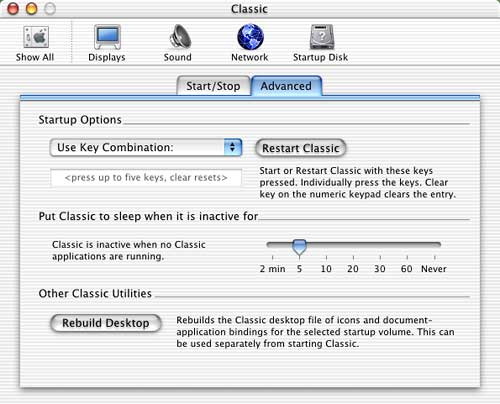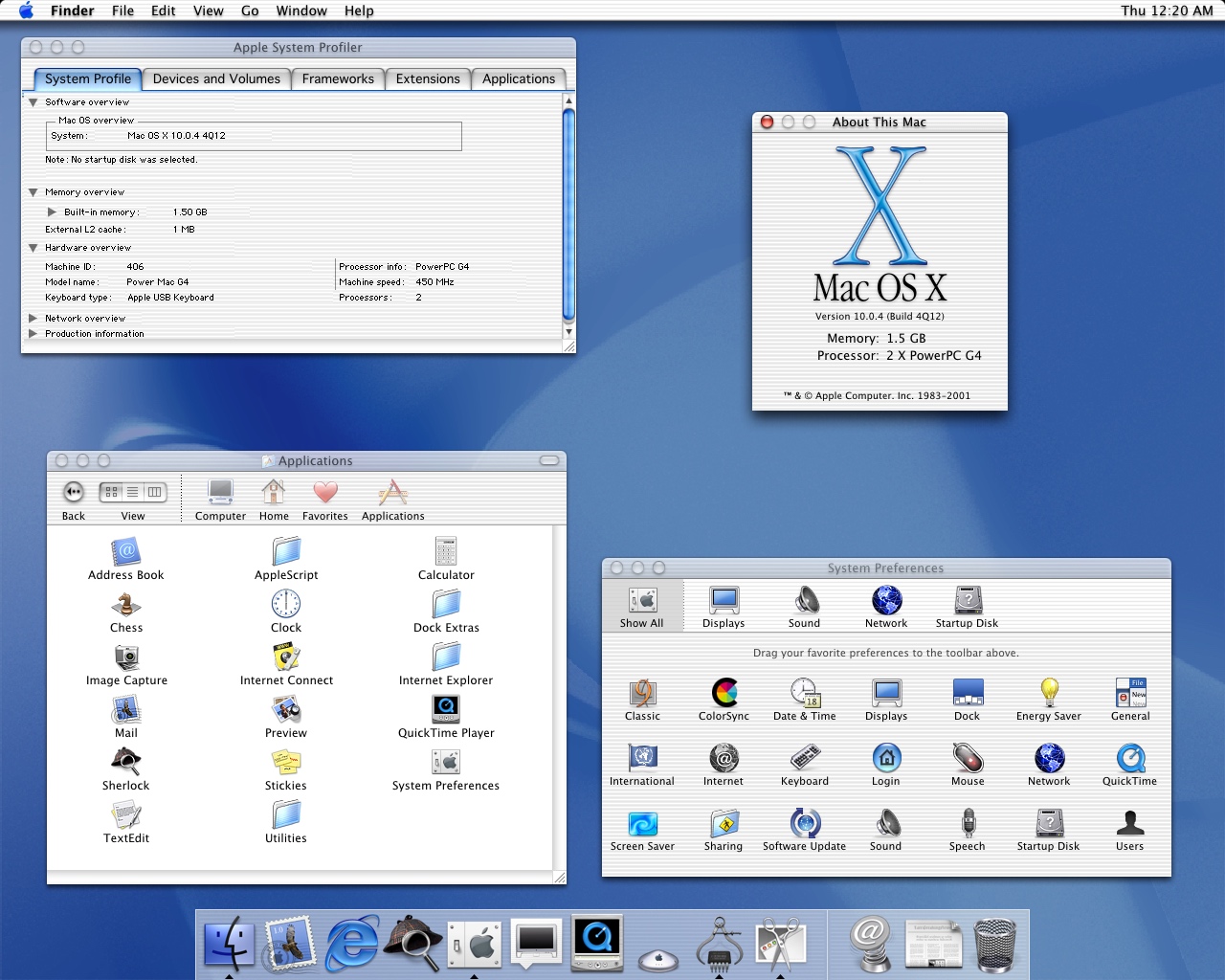

- #MAC OS X 10.0 RELEASE DATE FOR MAC OS X#
- #MAC OS X 10.0 RELEASE DATE FOR MAC OS#
- #MAC OS X 10.0 RELEASE DATE MAC OS X#
- #MAC OS X 10.0 RELEASE DATE PDF#
- #MAC OS X 10.0 RELEASE DATE UPGRADE#
A variant of 2Z CDs were introduced when Mac OS X v10.0.3 was released to the Asian market (this variant could not be upgraded to version 10.0.4). They also came with more languages (the full set of 15 languages), whereas the 1Z CDs came only with about eight languages and could not actually display simplified Chinese, traditional Chinese and/or Korean (except for the Chinese characters present in Japanese Kanji). Input method editors of Simplified Chinese, Traditional Chinese, and Korean were only included with the 2Z CDs. The difference in the two lay in the extent of multilingual support. Mac OS X 10.0 began a short era (that ended with Mac OS X 10.2 Jaguar's release) where Apple offered two types of installation CDs: 1Z and 2Z CDs.
#MAC OS X 10.0 RELEASE DATE UPGRADE#
The heavy criticism of Mac OS X 10.0 ultimately resulted in Apple offering a free upgrade to Mac OS X 10.1. There were also several issues in respect to missing printer and other hardware drivers. Mac OS X 10.0.2 included the necessary software frameworks to allow iTunes 1.1.1 to provide audio CD burning support, but data CD burning had to wait until version 10.1. Missing Features and Hardware Compatibility Issues - Another reason for criticism were the missing features, especially missing DVD playback, as well as CD burning, both of which had been available in the prior version of Mac OS.


It cannot use SMB to connect to Windows or Samba servers.
#MAC OS X 10.0 RELEASE DATE PDF#
PDF Support (create PDFs from any application).Full preemptive multitasking support, a long-awaited feature on the Mac.TextEdit - new on-board word processor, replacement to SimpleText.Mac OS had previously had the distinction of being one of the few operating systems with no command line interface at all. Terminal - the Terminal was a feature that allowed access to Mac OS X's underpinnings, namely the Unix core.
#MAC OS X 10.0 RELEASE DATE FOR MAC OS#
#MAC OS X 10.0 RELEASE DATE FOR MAC OS X#
The system requirements for Mac OS X 10.0 were not well received by the Macintosh community, as at the time the amount of RAM standard with Macintosh computers was 64 megabytes (MB), while the Mac OS X 10.0 requirements called for 128 MB of RAM. Unlike releases of Mac OS X 10.2 to 10.8, the cat-themed code name was not used in marketing the new operating system. Cheetah proved to be a rocky start to the Mac OS X line, plagued with missing features and performance issues, although it was praised for still being a good start to an operating system still in its infancy, in terms of completeness and overall operating system stability. Mac OS X introduced the new Darwin Unix-like core and a completely new system of memory management. It introduced a brand new code base completely separate from Mac OS 9's, as well as all previous Apple operating systems. Mac OS X 10.0 was a radical departure from the classic Mac OS and was Apple’s long-awaited answer for a next generation Macintosh operating system.


 0 kommentar(er)
0 kommentar(er)
